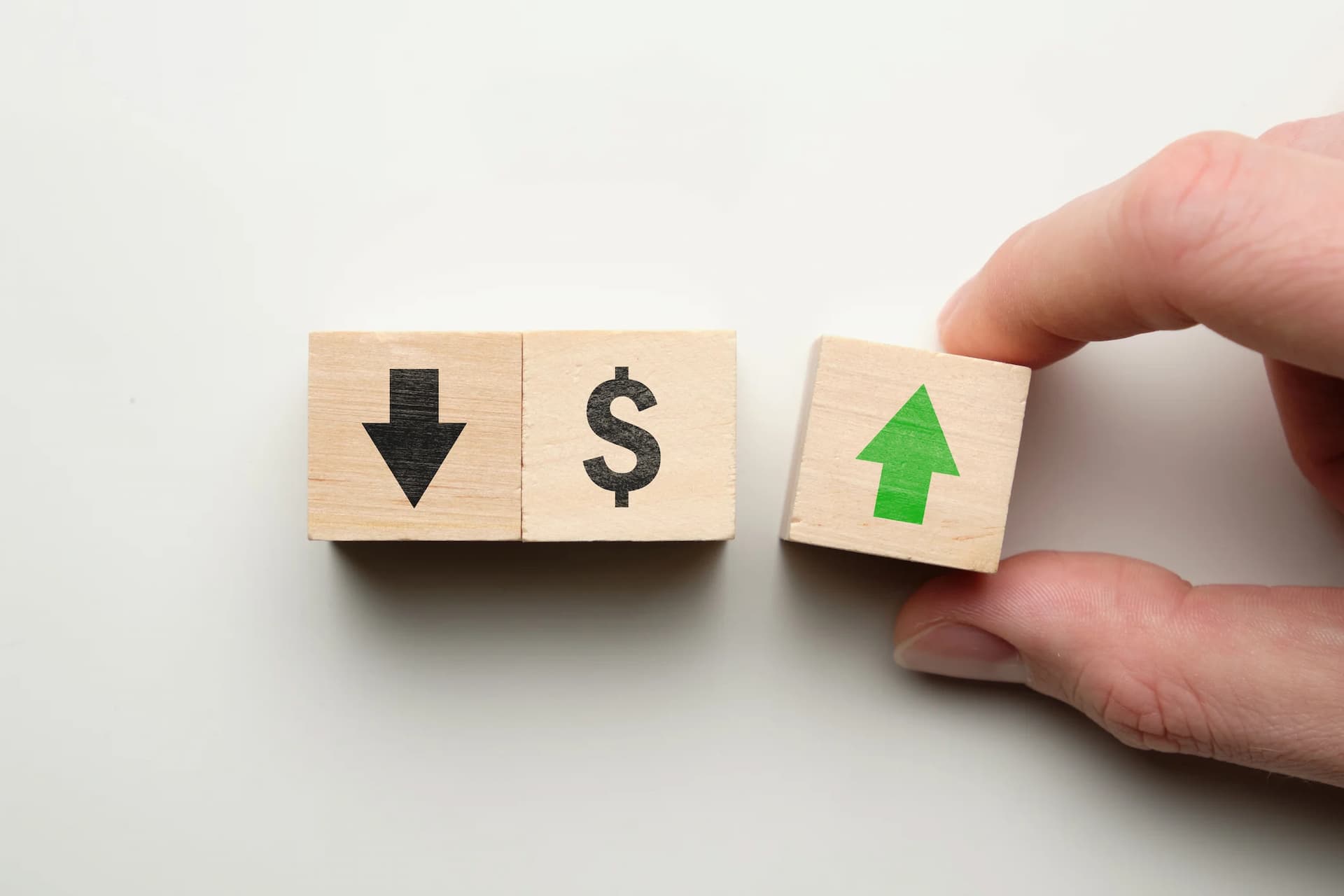Bid and Ask Prices
Learn about bid and ask prices in forex trading, their role in execution, spread, and market analysis. Visit 24markets.com for expert insights into forex markets.

Bid and ask prices are fundamental concepts in financial trading that dictate how transactions are executed in the market. Learn about the bid price in trading, its impact on buy/sell transactions, and how it affects your trading strategy. Explore bid-ask spreads and market liquidity.
1. What is the Bid Price?
The bid price represents the maximum amount a buyer is willing to pay for an asset. It is a critical component for sellers as it dictates the price they will receive when selling. The bid price reflects the demand side of the market and is often updated in real-time to reflect market conditions. For example, if the bid price for a stock is $50, that is the highest price buyers are currently willing to pay.
Bid Price and Market Orders
When you place a market order to sell, your order is executed at the current bid price. This ensures that your order is filled quickly, but the price you receive is determined by the bid, which may be lower than the asking price. For insights into market orders and their impact, visit the Trading Basics page.
2. What is the Ask Price?
The ask price, also known as the offer price, is the minimum amount a seller is willing to accept for an asset. It represents the supply side of the market and is the price you will pay if you are buying the asset. For instance, if the ask price for a stock is $51, that is the lowest price sellers are currently willing to accept.
Ask Price and Limit Orders
When you place a market order to buy, you pay the ask price. If you use a limit order to buy, you can specify a price at which you are willing to purchase. Your order will only be executed if the ask price reaches your limit price. For more details on limit orders and their application, see the Trading Tools section.
3. Understanding the Bid-Ask Spread
The bid-ask spread is the difference between the bid price and the ask price. It is a key indicator of market liquidity and trading costs. A narrower spread signifies a more liquid market with more buyers and sellers, which typically results in lower trading costs. Conversely, a wider spread indicates lower liquidity and higher trading costs.
Impact of Bid-Ask Spread
The bid-ask spread directly affects your trading expenses. For high-frequency traders or those making multiple trades, a narrower spread can lead to significant cost savings. For long-term investors, the spread is less critical but still impacts the cost of entering and exiting trades. To learn more about how spreads affect different trading strategies, visit the Account Types page.
4. How Bid and Ask Prices Affect Your Trades
1. Execution of Trades
Bid and ask prices determine the execution of your trades. If you are buying, you will pay the ask price. If you are selling, you will receive the bid price. Orders are executed based on the current bid and ask prices, and delays in execution can occur if the market price changes before your order is filled. For insights into order execution and its effects, see the Margin and Leverage page.
2. Impact on Trading Strategies
The bid-ask spread influences various trading strategies. For scalpers and high-frequency traders, minimizing the spread is crucial to profitability. For longer-term investors, while the impact may be less pronounced, understanding the spread is still important for calculating the overall cost of trades. Check out the Trading Basics section for strategies and tips on managing trading costs.
5. Factors Influencing Bid and Ask Prices
1. Market Conditions
Bid and ask prices are influenced by market conditions, including economic news, geopolitical events, and overall market sentiment. During periods of high volatility or low liquidity, spreads may widen as market participants adjust their bids and offers. For more on how market conditions affect trading, visit the Forex page.
2. Asset Liquidity
Highly liquid assets, such as major currency pairs or large-cap stocks, generally have narrower bid-ask spreads due to the high volume of trading activity. Conversely, assets with lower trading volumes may have wider spreads, reflecting less trading activity and lower liquidity. Assessing liquidity is essential for making informed trading decisions. For information on asset liquidity, see the Trading Tools section.
3. Market Makers and Brokers
Market makers and brokers provide liquidity by quoting bid and ask prices. Their role is to facilitate trading by offering to buy or sell assets at specified prices. The quality of service and pricing can vary, affecting the bid-ask spread. Choosing a reliable broker can help you get better pricing and lower trading costs. For tips on selecting brokers, visit the Why 24markets.com page.
Conclusion
Bid and ask prices are fundamental to trading, influencing how much you pay or receive when executing trades. By understanding these prices, the bid-ask spread, and the factors that affect them, you can make more informed trading decisions and manage your trading costs effectively. For additional resources and information on trading, visit 24markets.com and explore sections such as Trading Basics, Forex, and Account Types.
TAGS
Latest Education Articles
Show more
Earnings Reports and Equity CFDs

Trend vs. Range Strategies

Trading Breakouts vs. Pullbacks

Hedging Basics for Intermediate Traders
Take your trading to the next level.
Join the broker built for global success in just 3 easy steps. A seamless experience built for traders who value speed and simplicity.

Create Your Account

Make Your First deposit
